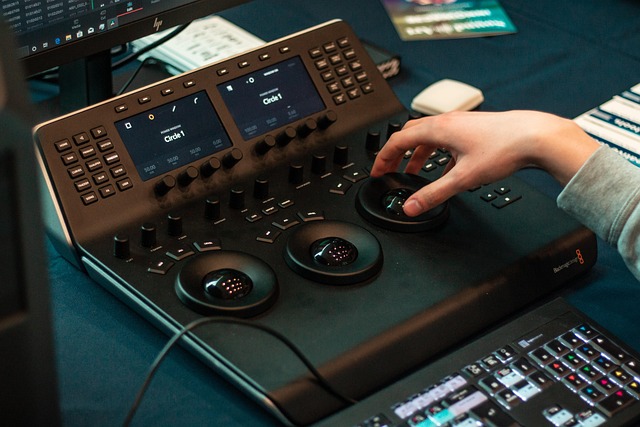In the fast-evolving world of imaging technology, achieving the perfect balance is akin to creating a masterpiece on canvas. Imagine standing before a stunning display, where colors pop, images emerge with clarity, and nuances are captured with astonishing precision. This is the vision that inspires advancements in television and monitor technologies, a vision rooted in the art of balance between technical prowess and visual storytelling.
As consumers, we often find ourselves enamored by the latest features, highest resolutions, and the sleekest designs. However, the real magic happens when technology harmonizes with our viewing experience. The concept of balance in imaging transcends mere specifications; it’s about the relationship between contrast and brightness, color depth and precision, as well as the viewer’s emotional response. Striking this balance is crucial for manufacturers striving to enhance display technology.
Take, for instance, the evolution of monitors. While 4K and 8K capabilities are seductive selling points, the ultimate goal is to deliver an experience that resonates with users. A monitor can have the highest pixel count, yet if it lacks balanced color representation or proper brightness, that experience can falter. Gamers, for example, know the importance of black levels in bringing their digital worlds to life. A display that perfectly balances contrast allows subtle shadows to emerge without losing detail, immersing players into their adventures.
Moreover, television technology has also seen this quest for balance. With the surge of OLED and QLED technologies, viewers are presented with a spectacle of vibrant hues and deep blacks. However, to truly capture an audience, these displays must maintain a balance that honors the director’s intent while providing an engaging viewing experience. The art of color grading, often overlooked, holds the key to this delicate equilibrium. A well-balanced TV can communicate moods effectively, allowing the viewer to feel the tension in a drama or the thrill in an action movie.
Visualization plays a crucial role in this balance as well. The way information is presented on screens can either enhance or detract from user engagement. Designers must consider how color contrasts, layering, and focal points work together to create an immersive atmosphere. A well-balanced visual not only conveys information but does so in a way that is aesthetically pleasing, intuitive, and impactful.
It’s worth noting that the importance of balance extends beyond just technical specifications. With the rise of human-centric design, it becomes essential to consider how our viewing environments affect our experiences. Whether you’re watching a movie in a dark room or a presentation in a brightly lit office, maintaining a consistent balance can radically shift the viewing experience. Innovative display technologies are now being engineered to adapt to different lighting conditions, ensuring an optimal experience, regardless of the setting.
As we look to the future of imaging technology, embracing this principle of balance will be more critical than ever. Whether it’s the next generation of televisions boasting even bolder displays or monitors that adapt to our needs, the quest for balance between technology and user experience will drive us toward more satisfying visual encounters. Manufacturers, designers, and consumers alike need to keep this balance at the forefront of their minds, as it is the key to unlocking the full potential of imaging technology.



